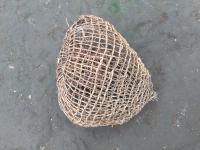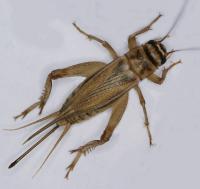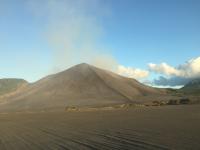An example search has returned 100 entries
kaepaepae kequahu
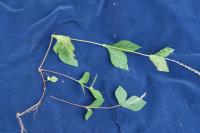
n. type of flowering plant (collection: Michael J. Balick #5108)
Example: When woman does not have period for 2-3 months and is pregnant, people say the lizard could eat the baby. To avoid this, boil a handful of stem shavings in 1/2 L water, for 6 minutes and give this drink to the woman twice a day for 5 days. Then the bleeding will stop. There are also dietary restrictions: no coconut, oil, salt, curry. The woman can also not swim in sea for 5 days. But the baby will be healthy if these instructions are followed.
bookmarkkapajiko
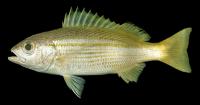
Bigeye snapper
Example: Photo by J. E. Randall, License: CC BY-NC 3.0 via Fishes of Australia
bookmarkkoaba
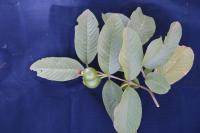
n. tree in house area near village, 5 m tall (collection: Michael J. Balick #4720)
Example: The fruit of this tree is edible. The stem yields posts for building houses. The wood from the tree is said to be very strong, so larger parts of the tree can be used for house construction. The leaves are used to treat diarrhea. A person chews 4 leaves at a time as long as needed.
bookmarkkonuwak arwerew

Yellow-Edged Lyretail
Example: Photo by Mark Rosenstein / iNaturalist.org, License: CC BY-SA 3.0 via Fishes of Australia
bookmarkkrouarpwin
kwanatis

kwankoukeipou

lili
makhum

Redbreasted wrasse
Example: Photo by BBM Explorer, License: CC BY-SA 3.0 via Fishes of Australia
bookmarkmaramara apusan
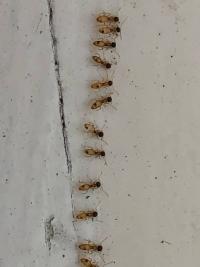
Ghost Ant
Example: Photo by questagame / iNaturalist, License: CC-BY via inaturalist.org
bookmarknahpao
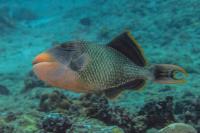
Yellowmargin triggerfish
Example: Photo by Mark Rosenstein / iNaturalist.org, License: CC BY-SA 3.0 via Fishes of Australia
bookmarknaik
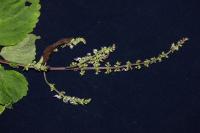
namatamai
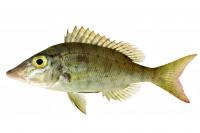
Longface emperor
Example: Photo by Jeffrey T. Williams / Smithsonian Institution, License: CC BY-SA 3.0 via Fishes of Australia
bookmarknarami kari

natan

nawawa
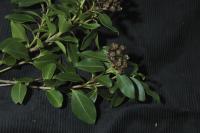
nawɨrak

n. type of flowering plant (collection: Michael J. Balick #5080)
Example: When there are too many rats in house, put a layer of leaves underneath a piece of food in the corner of the house. When the rat steps on the leaf, as the underside is itchy, it will swell the leg of the rat, making it hard for him to move so you can find them in the morning and kill them easily.
bookmarknekafae
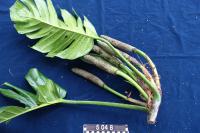
nerer
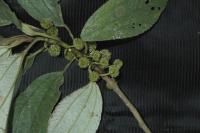
nisei
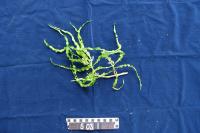
n. type of flowering plant (collection: Michael J. Balick #5031)
Example: For Kastom ceremonies, use this plant to decorate the roots of Kava that is given to a chief. Also used in women’s grass skirt for kastom dance. When young girls are getting their first period (menustration), they wear a grass skirt from this plant to be fragrant (in order to cover any blood smell).
bookmarknisu manug

n. type of fern (collection: Michael J. Balick #5142)
Example: Children collect young leaves to decorate their exercise books in school. If a person does not want to get too drunk on kava, they will chew 3 leaves before drinking, and spit out remains while swallowing the juice. This plant has the power to reduce effects of Kava.
bookmarknukmihia’
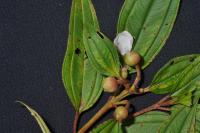
nóropɨg
nɨkɨnhi-
nɨkɨrhanekin
pawpawuk
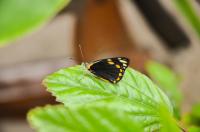
Caper White
Example: Photo by givernykate / iNaturalist, License: CC-BY-NC via inaturalist.org
bookmarkpenesu
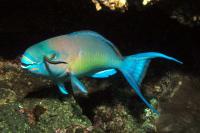
Ember parrotfish, redlip parrotfish
Example: Photo by Derek Keats, License: CC BY-SA 3.0 via Fishes of Australia
bookmarkpenesu
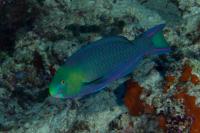
Greensnout parrotfish
Example: Photo by Mark Rosenstein / iNaturalist.org, License: CC BY-NC-SA 3.0 via Fishes of Australia
bookmarkpepheer
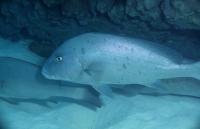
Painted sweetlips
Example: Photo by Dr. Dwayne Meadows / NOAA, License: Public Domain via Fishes of Australia
bookmarkpepheer phisir
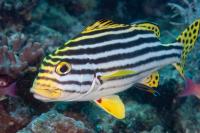
Oriental sweetlips
Example: Photo by Mark Rosenstein / iNaturalist.org, License: CC BY-SA 3.0 via Fishes of Australia
bookmarkphumha tasiapen
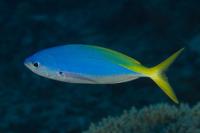
Yellow and blueback fusilier, blue and yellow fusilier (deep sea)
Example: Photo by Mark Rosenstein / iNaturalist.org, License: CC BY-SA 3.0 via Fishes of Australia
bookmarkpirawa ~ firawa
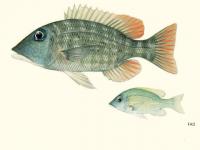
Orange-spotted emperor, yellowtail emperor
Example: Photo by FAO / Fishbase, License: CC BY-NC 3.0 via Fishes of Australia
bookmarkprigsiwir ~ marasaw

Lined Surgeonfish, Bluelined Surgeonfish ~ marasaw (Port Resolution dialect)
Example: Photo by Erik Schlogl / iNaturalist.org, License: CC BY-SA 3.0 via Fishes of Australia
bookmarksinsop

n. type of flowering plant (collection: Michael J. Balick #5040)
Example: Fruits edible. People drinking kava eat a fruit after drinking. Say that it makes kava stronger. Boil leaves with Euodia (MJB 5031) when a person has a strong cough to cure it. Double handful of each plant in 1 liter water and boil for 20 minutes. Wash your with it and drink 1 cup in evening (cold) for 4 days.
bookmarktamakao
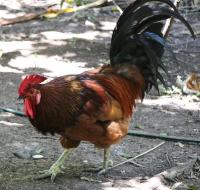
tapatou

Blackfin barracuda
Example: Photo by Jan Messersmith, License: CC BY-SA 3.0 via Fishes of Australia
bookmarktapatou
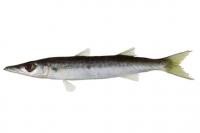
Yellowtail barracuda
Example: Photo by ANFC, License: CC BY-NC 3.0 via Fishes of Australia
bookmarktasiapen
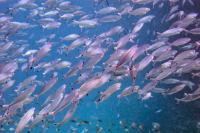
Marr’s Fusilier, Twinstripe Fusilier
Example: Photo by Lesley Clements / iNaturalist.org, License: CC BY-NC 3.0 via Fishes of Australia
bookmarkterag
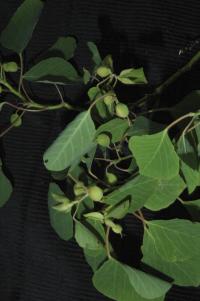
warakou pusan
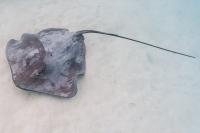
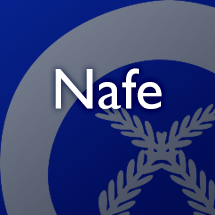
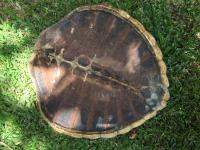
-scaled.jpg)

-1-scaled.jpg)


